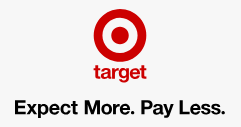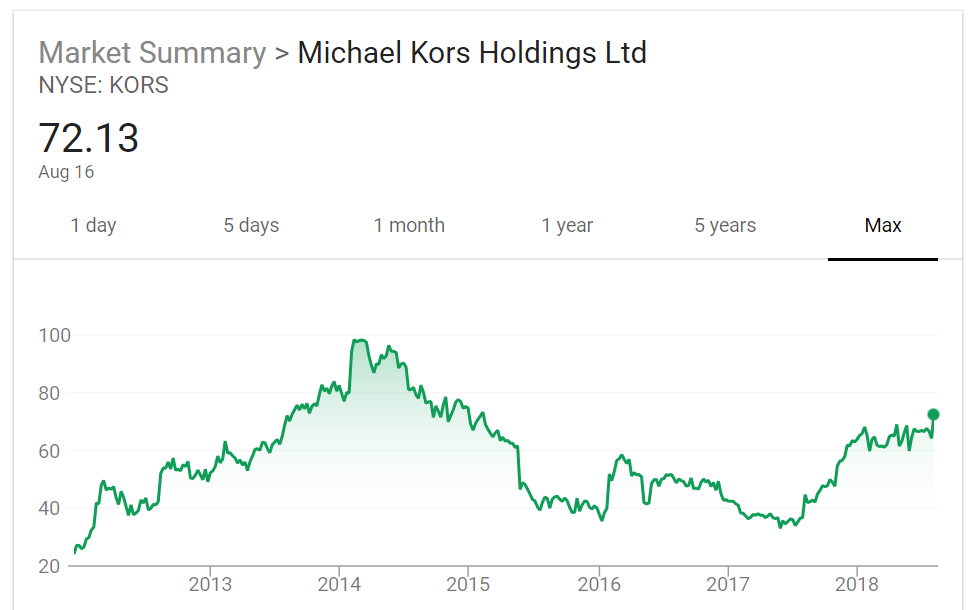There is a Target (TGT) store very close to my house that my family visits frequently. We even keep a shopping list on the fridge labeled "TGT" to simplify our trips.
Given the vast selection of products Target carries, sometimes it is harder to find something in the store than you would think, even if you are very familiar with the layout. To minimize the time we meander up and down various aisles, I have the Target app installed on my phone, which will tell me which aisle each product is located at my local store.
In recent months I have noticed that the prices on the app for many categories are materially cheaper than they are in store. This becomes obvious when you lookup the location of something on the app, see the price, and then 30 seconds later you pick it off the shelf and see a clearly higher price. I would say the discounts average about 10% (just a guesstimate) and are focused on certain categories such as toiletries and cleaning products.
After several trips of noticing the pattern, I became pretty annoyed. If my bill totaled $100 I invariably felt like I was getting ripped off by shopping in-store, even if only to the tune of $10 or so. I looked up Target's online price matching policy and sure enough, they will match their online pricing for in-store purchases.
The process for collecting the difference is far from helpful, though. Rather than visiting the customer service area and having them scan your receipt or something easy like that, you need to show evidence of the lower price online while the cashier rings up your purchases. So if you have a dozen items that are cheaper online, you need to show the cashier each item on your phone app individually and they will then manually enter the cheaper price for each item. Not only is this time consuming, but it will make the check-out experience awful for the people in line behind me, as they wait for me to bring up each and every item on my phone. As a result, I refuse to do this and am ticked off that I need to in the first place.
The other day I decided that I could have the best of both worlds. Even though the store is right down the street from my house, I can order the items online, have them delivered in 2 days, and save money on top of that by getting the lower online prices. So I fired up the app and began adding items to my cart.
Without a Target Red Card, there is a $35 minimum order to get free 2-day shipping. I was short of that level initially, so I decided to see if they would actually deliver cat litter for free (many retailers have weight limitations for free shipping). I thought it was a long shot since each box of litter weighs over 25 pounds, but sure enough, cat litter is eligible for free shipping. By adding 2 boxes I reached $36 and submitted my order.
Two days later a large flat shipping box was left on my porch by UPS. The box was nearly coming apart, as both boxes of litter had been placed flat/sideways in the shipping box, with some soap and toothpaste tossed in as well without much in the way of padding. I have no idea how much UPS charged Target to deliver this 50 pound box to me in 48 hours, but I would have to say somewhere between $5-10, right? There is no way Target made a profit on this online order and I am not paying them an annual membership fee (like Amazon Prime) to help cover the cost.
Why am I telling this boring retail story? Because when we consider the economics of the decisions Target is making here, it makes no sense. My local Target store has high fixed costs. They should want me to drive to the store, pick my own items off the shelves, go through the self-checkout lane, and drive home. That route will maximize their profit by leveraging their fixed costs and minimizing labor expense, which is only rising (and is now $15 per hour here in Seattle).
Instead, they are offering me higher prices if I visit the store, and that is made obvious to me when the lower online prices are shoved in my face whenever I use the smartphone app (which they encourage me to use in-store to boost the shopping experience). From an economic perspective, they should be trying to coax me into the store by offering perks for doing so. Instead, they are almost begging me to order online, where they will likely barely earn a profit on each order, if at all.
And on the flip side, they are offering cheaper prices online, with free 2-day shipping, and including products such as 25 pounds of cat litter in the free shipping offer. At least make me drive to the store to pick up the cat litter!!!
So, here I am planning to order more of my Target purchases online, which will crush their margins both on the retail side (as store traffic declines) and on the online side (where 2-day shipping via UPS will eat their already reduced margin).
The result is that Target succeeds in their goal of keeping my business and not donating it to Amazon (AMZN) or Wal-Mart/jet.com(WMT). Okay, great, your same store sales will hold up nicely in a very competitive retail world. And your margins will erode quickly, resulting in the same absolute profit dollars earned on higher volumes. Seems like the opposite of what should be happening (keep prices low and make it up on volume).
In fact, there are some items at Costco (COST) that are cheaper in store than they are online, even though this flies in the face of what chains like Target are doing. And that pricing strategy is from a company that chooses volume over per-item margin all the time. In fact, Costco marks up their items (from their cost) the least of any retailer I am aware of. Smartly, they are not getting sucked into this notion that to compete online and keep their stock price up, they need to give away products through the e-commerce channel.
Call me crazy, but some of these hybrid online/in-store business models don't seem very well thought out, and surely won't benefit shareholders much in the long run. I love shopping at Target, but it is hard to see how they are going to materially increase per-share profit.
Full Disclosure: No position in Target, long or short, just baffled by the pricing dynamics they currently have in place and believe it reinforces that we are now seeing retailers focus on same store sales and not profits, even at mature, established companies which clearly are not second-comings of Amazon.













